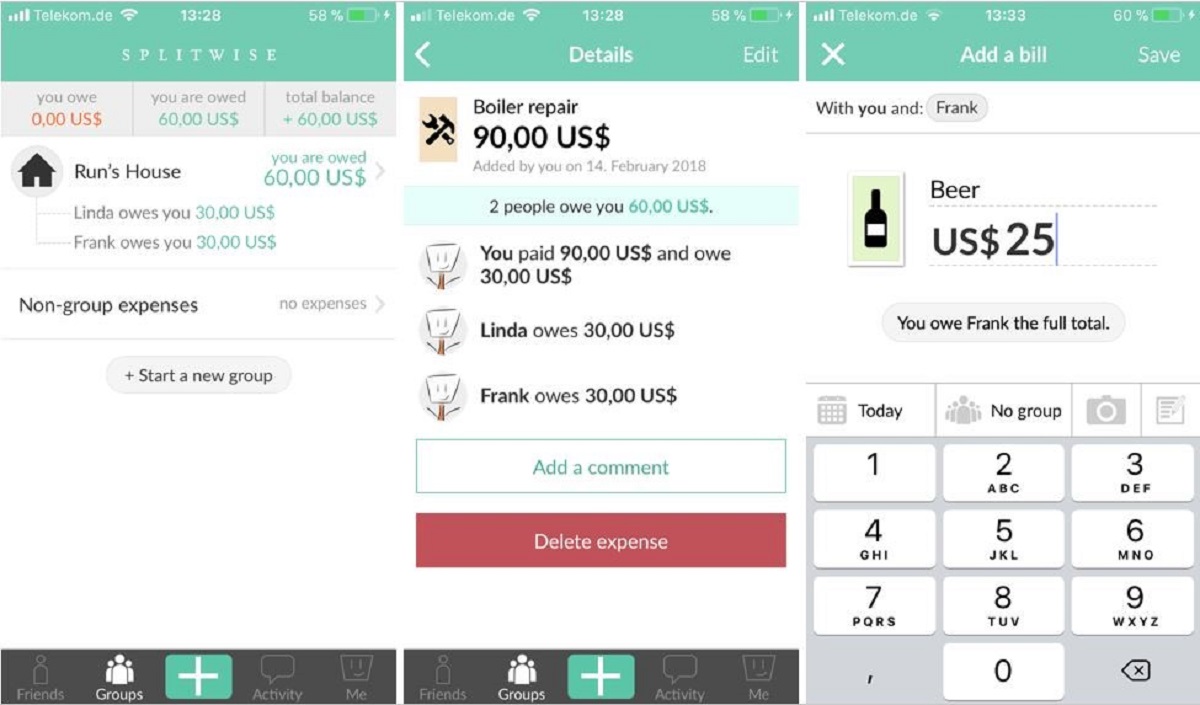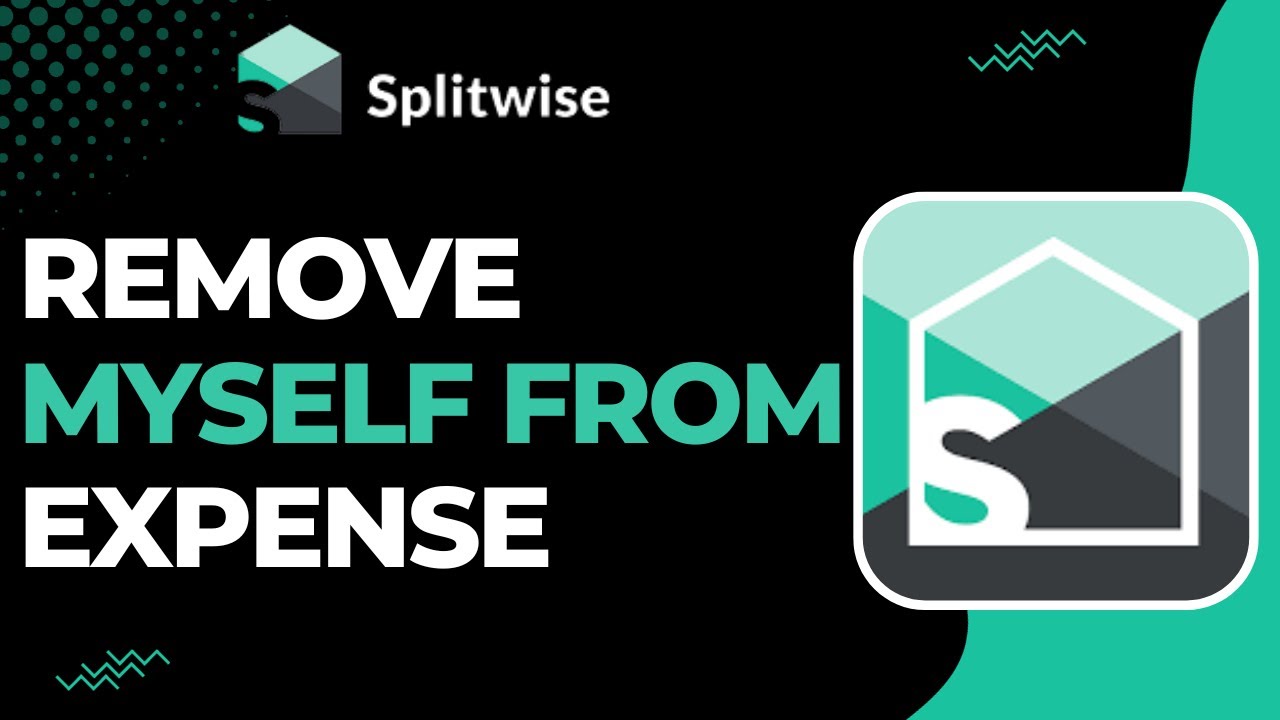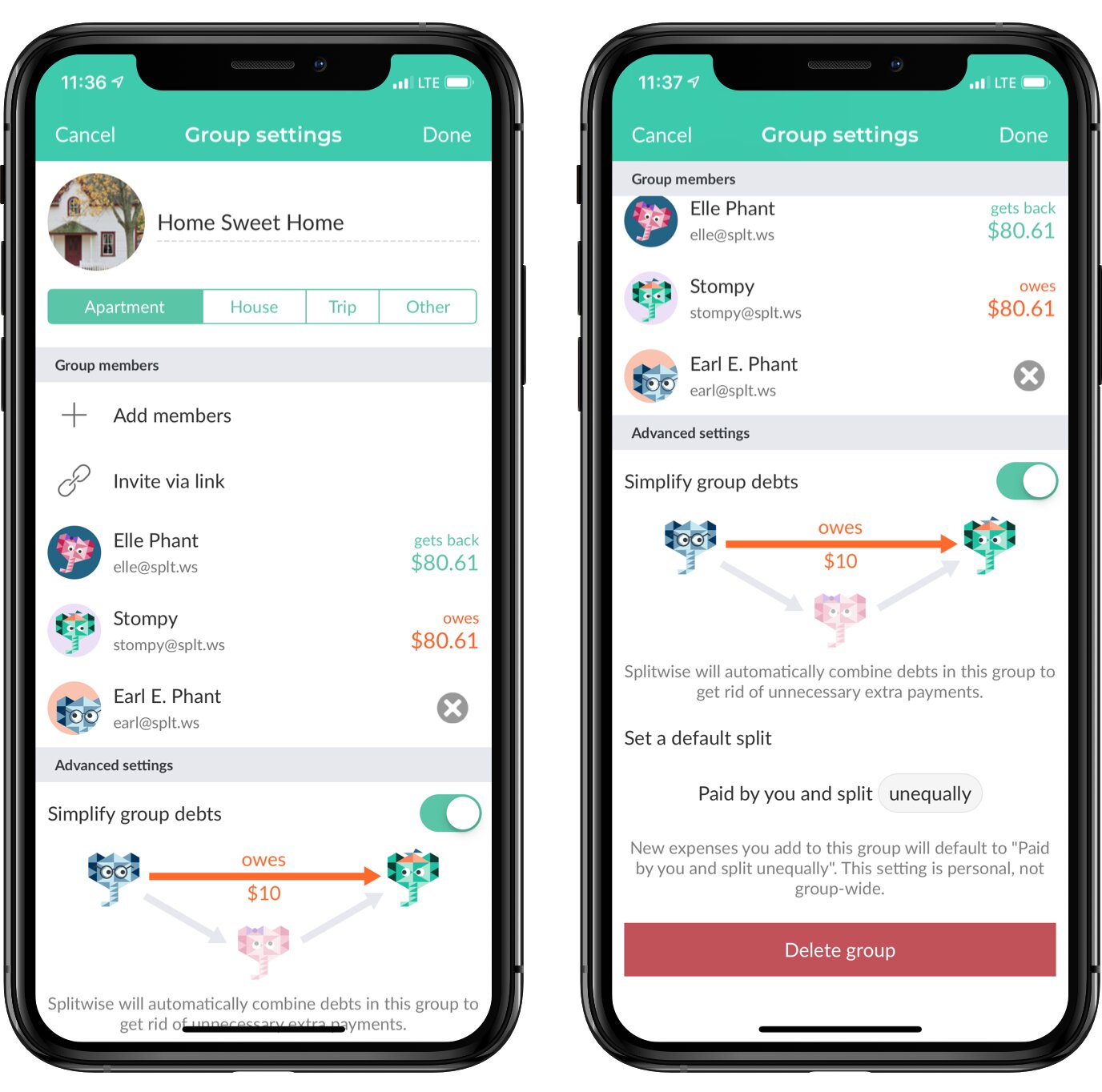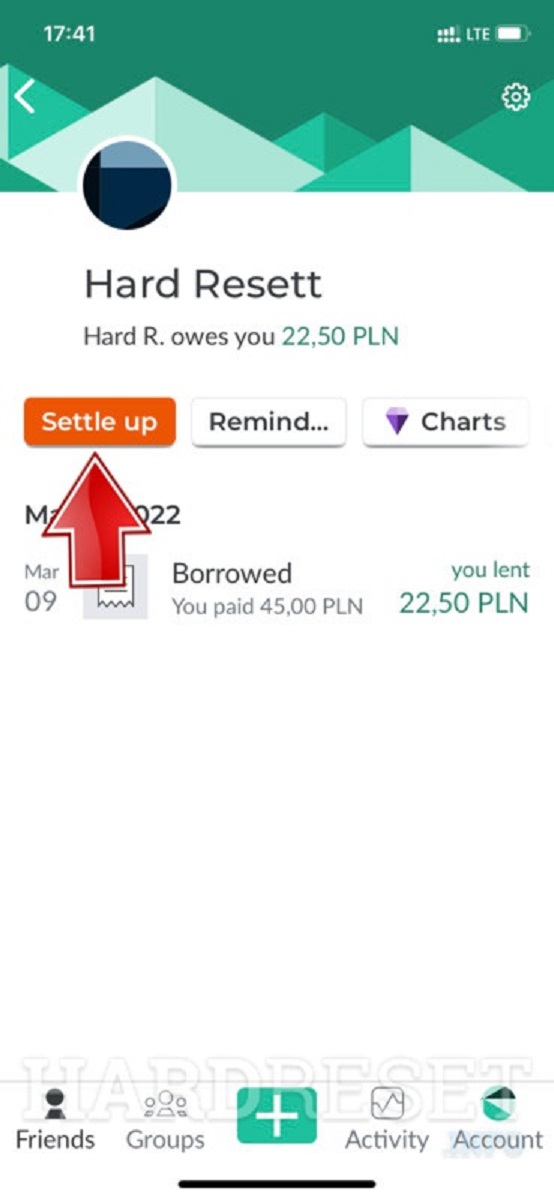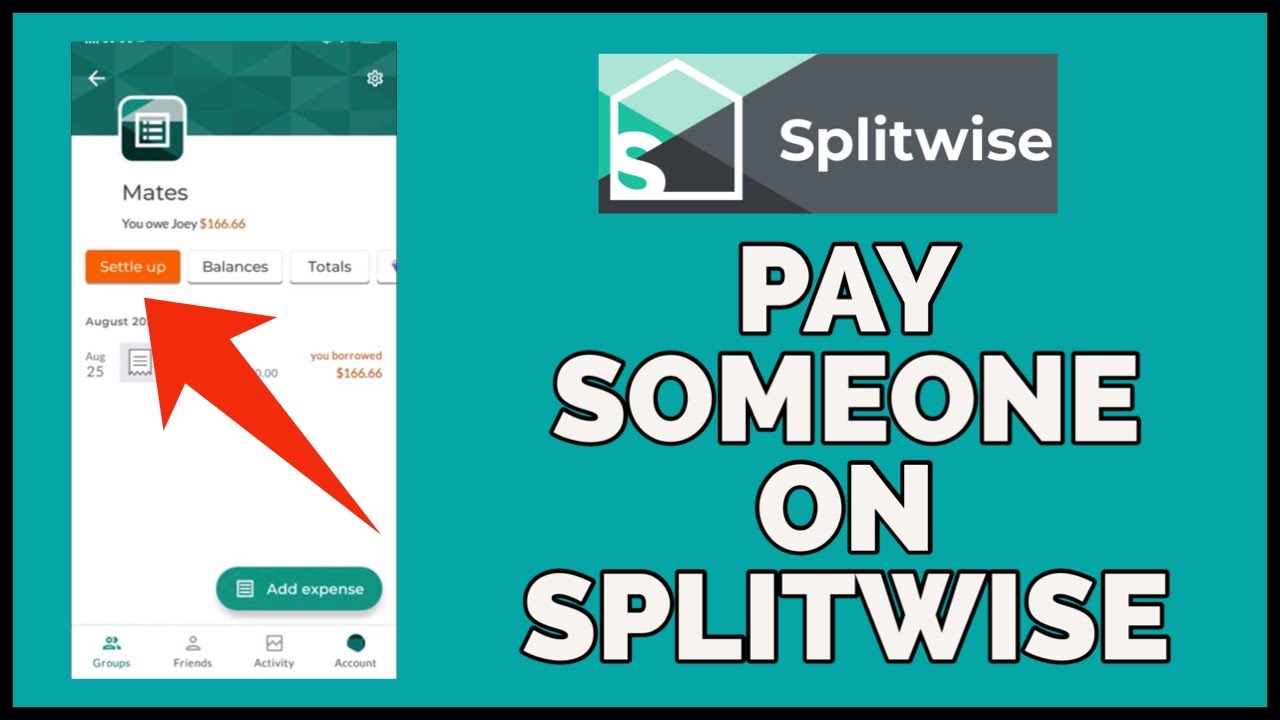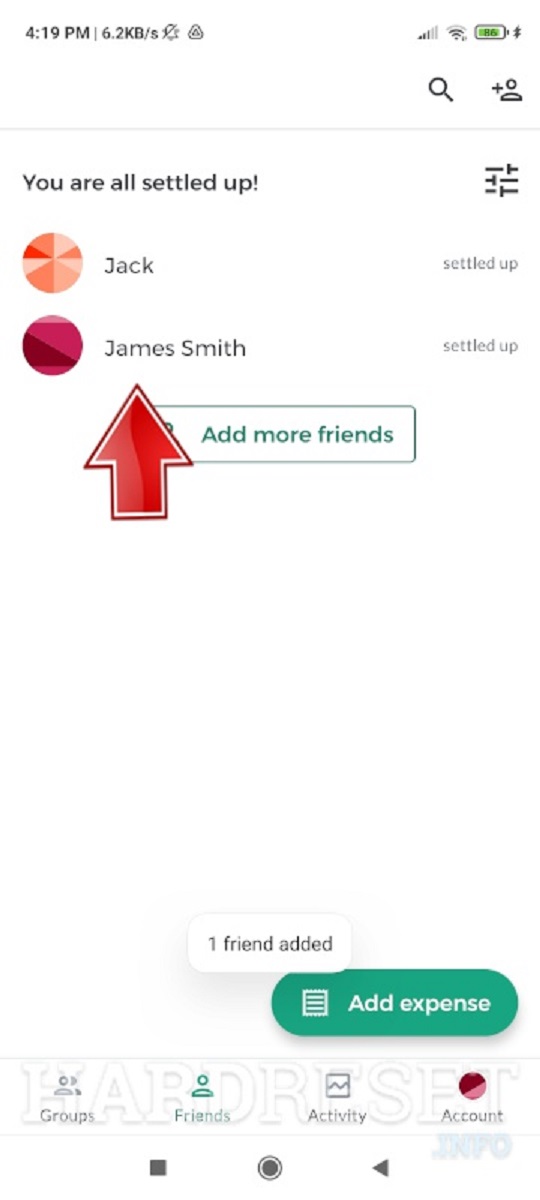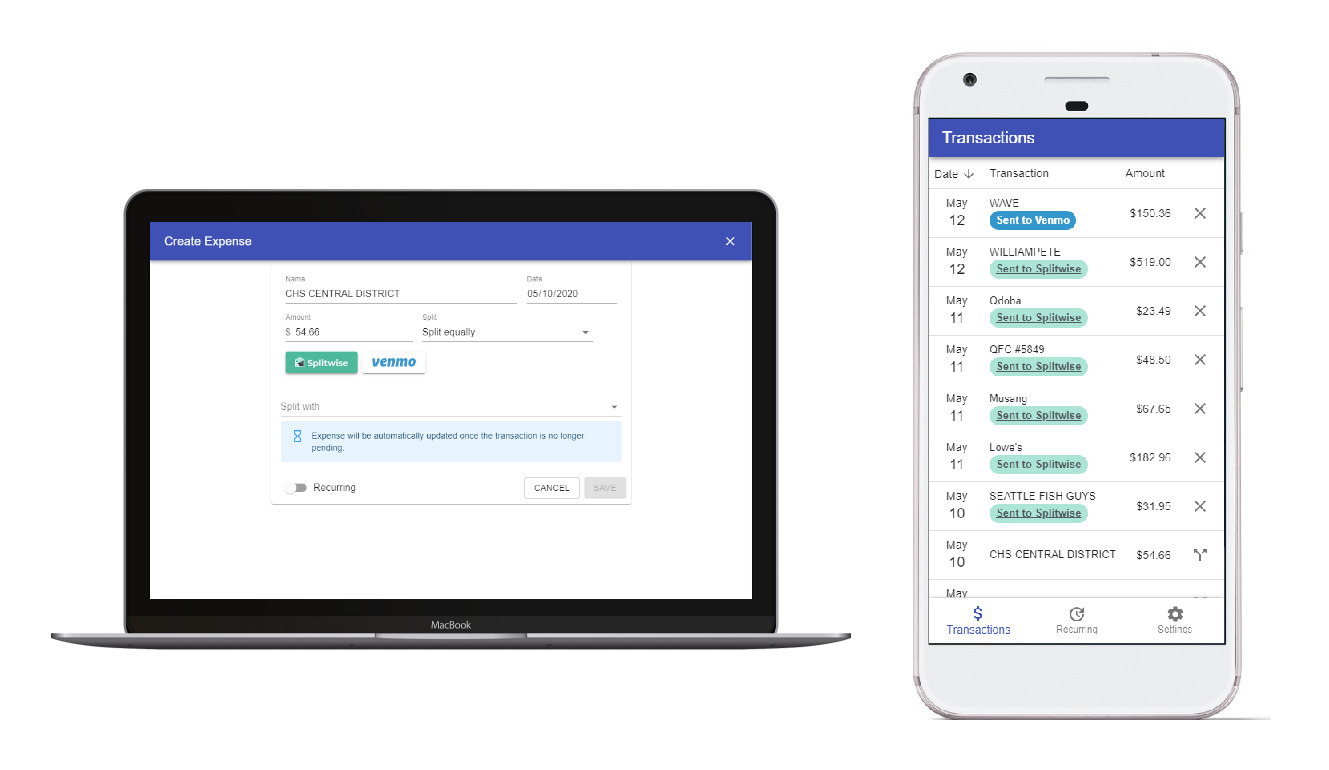Introduction
Welcome to the world of Splitwise, a popular and efficient expense-sharing platform that simplifies the process of managing financial transactions among friends, roommates, and groups. Splitwise not only allows you to keep track of your shared expenses but also ensures a fair and hassle-free settlement of debts.
When using Splitwise, it’s important to understand how group expenses and non-group expenses work and how you can combine them to get a comprehensive view of your overall financial transactions. In this article, we will guide you through the process of combining group and non-group expenses in Splitwise, so you can effortlessly manage all your shared financial activities.
Group expenses in Splitwise are any expenses that are shared among multiple users. This could include bills for rent, utilities, groceries, or any other expenses that are commonly split among a group. Splitwise allows you to create groups and add group members, so you can track and manage these shared expenses together.
On the other hand, non-group expenses are individual expenses that are not shared among any group. These could be personal expenses such as a dinner outing or a movie ticket, where you are solely responsible for the payment. Splitwise also allows you to add these non-group expenses to ensure a complete record of all your personal transactions.
Combining group and non-group expenses in Splitwise gives you a holistic overview of your financial activities. You can see how much you owe to others and how much others owe you across all the different expense categories. This allows for easier tracking and settlement of debts, ensuring everyone pays their fair share.
Now that you understand the basics, let’s delve into the step-by-step process of combining group and non-group expenses in Splitwise.
Group Expenses in Splitwise
Group expenses in Splitwise are a key feature that allows you to keep track of shared expenses among a specific group of people. Whether you’re living with roommates, planning a trip with friends, or managing finances within a family, Splitwise’s group expense feature simplifies the process of managing and splitting bills.
To get started with tracking group expenses, you’ll need to set up a group within Splitwise. This can be done by selecting the “New Group” option and giving it a suitable name. Once the group is created, you can invite the members by entering their email addresses or usernames. The invited members will receive an email notification, and upon accepting the invitation, they can join the group.
Once the group is set up, you can start adding group expenses. These expenses can include rent, utilities, groceries, or any other shared bills and purchases made by any member of the group. When adding a group expense, you can specify the amount, description, and category of the expense. Splitwise will automatically split the amount equally among the group members, but you can also customize the split if necessary.
Splitwise keeps a running tally of the group expenses, showing how much each member owes to the group or how much the group owes to each member, depending on the transaction. It provides a clear overview of the individual balances within the group and makes it easy to see who owes what.
One useful feature of group expenses in Splitwise is the ability to add comments and attachments. This allows group members to provide additional details or receipts for specific expenses, fostering transparency and ensuring everyone is on the same page. For example, if one member pays for groceries, they can upload a photo of the receipt for verification.
When it comes time to settle the debts within the group, Splitwise calculates the most efficient way to balance the amounts owed. It takes into account the individual balances of each member and minimizes the number of transactions required to settle the debts. This simplifies the process and avoids the need for multiple individual payments.
Managing group expenses in Splitwise provides a convenient and collaborative way to track shared financial activities. It eliminates the need for manual calculations, reduces misunderstandings, and ensures fair distribution of expenses within a group.
Non-Group Expenses in Splitwise
In addition to tracking group expenses, Splitwise enables you to keep a record of your individual non-group expenses. These are personal expenses that are not shared among any specific group but still need to be accounted for. Non-group expenses can include outings, meals, entertainment, or any other personal expenditures.
Adding non-group expenses in Splitwise is simple. You can do this by selecting the “Add an Expense” option and specifying the details of the expense, such as the amount, description, and category. Unlike group expenses, non-group expenses are not split among other members since they are solely your responsibility.
Splitwise categorizes non-group expenses for better expense tracking and organization. The categories range from general categories like Food, Transportation, and Entertainment to more specific categories like Dining Out, Rent, and Travel. This makes it easier to navigate and analyze your personal spending across different areas.
When adding a non-group expense, you can also choose whether to make the expense visible to others or keep it private. This allows you to maintain control over the visibility of your personal expenditures, ensuring privacy when needed.
Keeping track of non-group expenses in Splitwise is not only useful for personal financial management but also for maintaining a comprehensive overview of your overall expenses. By having all your expenses – both group and non-group – in one place, you can easily monitor your financial health and make informed decisions about your spending.
Splitwise provides a clear breakdown of how much you owe for non-group expenses and how much you are owed by others. This information is essential for accurately settling debts and avoiding misunderstandings or discrepancies.
By utilizing the non-group expense feature in Splitwise, you can achieve a comprehensive and accurate representation of your financial transactions. It allows you to keep track of both shared and personal expenses, helping you stay organized and ensuring fair dealings with others.
Combining Group and Non-Group Expenses in Splitwise
Combining group and non-group expenses in Splitwise provides a holistic view of your financial activities, allowing you to manage both shared and personal expenses in one place. By integrating these two types of expenses, you can easily track your overall financial obligations and settle debts efficiently.
The first step in combining group and non-group expenses is to set up a group within Splitwise. This enables you to add and manage shared expenses among group members. By creating a group, you can keep track of bills, rent, utilities, and other expenses that are commonly split among the group.
After setting up the group, you can start adding group expenses by specifying the amount, description, and category. Splitwise will automatically split the expenses equally among the group members or as per your customized split. This feature ensures transparency and accuracy in calculating individual balances within the group.
In addition to group expenses, you can also add non-group expenses to Splitwise. These are personal expenses that are not shared among any specific group. Whether it’s a dinner with friends, a movie ticket, or any other individual expenditure, adding non-group expenses allows for a comprehensive overview of all your financial transactions.
When combining group and non-group expenses in Splitwise, you can easily analyze your overall financial picture. The platform provides an overview of how much you owe to others and how much others owe you across both types of expenses. This comprehensive view helps you understand your financial obligations and facilitates efficient debt settlement.
Splitwise calculates and presents an optimized settlement for the debts within the group. It takes into account both group and non-group expenses, optimizing the process and minimizing the number of individual transactions required to settle debts. This streamlined approach saves time and effort for everyone involved.
Furthermore, integrating group and non-group expenses in Splitwise allows for better financial planning and budgeting. You can identify spending patterns, monitor shared expenses, and make informed decisions about future expenditures based on a comprehensive understanding of your financial position.
By combining group and non-group expenses in Splitwise, you gain a powerful tool for managing your shared and personal finances. This integration provides clarity, transparency, and convenience in tracking, calculating, and settling financial obligations among groups and individuals.
Step 1: Set Up a Group
The first step in combining group and non-group expenses in Splitwise is to set up a group. This allows you to manage and track shared expenses among a specific set of people, such as roommates, friends, or family members.
To set up a group, log in to your Splitwise account and navigate to the Groups section. Click on “New Group” and provide a suitable name for your group. This could be something like “Apartment Expenses” or “Trip with Friends.”
Once you’ve named your group, you’ll need to invite the members. You can do this by entering their email addresses or Splitwise usernames. The invited members will receive an email notification and can accept the invitation to join the group.
Setting up a group in Splitwise allows you to add and manage shared expenses more efficiently. Instead of keeping track of individual transactions, the group feature provides a central hub for managing expenses collectively.
By having a dedicated group for your shared expenses, you can easily keep everyone involved on the same page. Each member can view and contribute to the group’s expenses, ensuring transparency and accountability.
Whether you’re splitting rent, utility bills, or any other communal expenses, setting up a group provides a designated space to record and manage these transactions. It streamlines the tracking process and makes settling shared expenses much simpler.
Furthermore, Splitwise allows you to create multiple groups, each with its own set of members and shared expenses. This is beneficial if you have different groups of individuals or if you want to separate expenses for specific purposes, such as a vacation fund or a shared household budget.
Once you have set up your group, you’re ready to start adding and managing group expenses. This brings us to the next step in combining group and non-group expenses in Splitwise.
Step 2: Add Group Expenses
After setting up a group in Splitwise, the next step in combining group and non-group expenses is to add group expenses. Group expenses are shared expenses that need to be tracked and evenly split among the group members.
To add a group expense, navigate to the group you created and click on the “Add an Expense” button. Specify the details of the expense, including the amount, description, and category. This could include expenses such as rent, utilities, groceries, or any other shared bills or purchases.
Splitwise will automatically split the expense equally among the group members by default. However, you can also customize the split by choosing different amounts or percentages for individual group members, depending on the specific arrangement and agreement among the group.
In addition to the basic expense details, Splitwise allows you to add comments and attachments to provide additional context and documentation for the expense. This helps keep all the relevant information together and fosters transparency within the group.
By adding group expenses in Splitwise, you can accurately track and manage the shared financial activities within the group. Each group member can view and keep track of the expenses in real-time, ensuring everyone is aware of current debts and obligations.
Splitwise also calculates and updates individual balances within the group based on the added expenses. It provides a clear overview of how much each member owes or is owed, making it easier to track and settle debts among the group.
Adding group expenses in Splitwise streamlines the process of managing shared financial activities. It eliminates the need for manual calculations and reduces the chances of errors or misinterpretations. With all the expenses recorded in one place, it becomes simpler to track and split the costs fairly.
Once you’ve successfully added the group expenses, you can move on to the next step of combining group and non-group expenses in Splitwise.
Step 3: Add Non-Group Expenses
In addition to group expenses, Splitwise allows you to add non-group expenses to ensure a comprehensive record of all your personal transactions. These are individual expenses that are not shared among any specific group or set of individuals.
To add a non-group expense in Splitwise, navigate to the main dashboard and click on the “Add an Expense” button. Enter the details of the expense, including the amount, description, and category. Non-group expenses can include meals, entertainment, shopping, or any other personal expenditures.
Unlike group expenses, non-group expenses are not split among other members since they are solely your responsibility. Splitwise categorizes these expenses for better organization and tracking. You can choose from various pre-defined categories, such as Food, Transportation, Entertainment, or create custom categories to suit your needs.
When adding a non-group expense, you also have the option to make the expense visible to others or keep it private. This allows you to maintain control over the visibility of your personal expenditures, ensuring privacy when necessary.
By adding non-group expenses in Splitwise, you create a complete record of your financial activities. This comprehensive view helps you analyze your spending habits, identify areas of improvement, and make informed decisions about your personal finances.
Splitwise keeps track of how much you owe for non-group expenses and how much you are owed by others. These individual balances are updated accordingly, allowing for accurate settlement of debts and avoiding discrepancies.
With non-group expenses added, you can easily monitor your overall financial position and ensure a fair distribution of expenses. Splitwise provides a clear overview of your financial obligations, helping you stay on top of your personal financial management.
Adding non-group expenses in Splitwise enhances your financial tracking and offers a seamless integration of both shared and personal financial activities. It provides a comprehensive picture of your expenses, simplifying the process of managing and settling debts.
Once you have added both group and non-group expenses, you are ready to move on to the next step in combining group and non-group expenses in Splitwise.
Step 4: Settle Debts
After adding and tracking group and non-group expenses in Splitwise, the final step is to settle the debts within the group. Splitwise simplifies this process by calculating the most efficient way to balance the amounts owed, minimizing the number of transactions required.
To settle debts, navigate to the group you created and click on the “Settle Up” button. Splitwise will analyze the individual balances and generate a list of transactions that need to be made to settle debts among the group members. These transactions are designed to equalize the financial obligations and ensure a fair distribution of expenses.
The settlement process in Splitwise takes into account both the group expenses and the non-group expenses. It considers the overall balances, including the individual amounts owed for shared expenses and any personal debts.
Splitwise facilitates the settlement process by providing options such as cash payments, direct bank transfers, or even digital payment platforms. You can choose the method that works best for you and your group members, ensuring convenience and efficiency in settling the debts.
Once the debts are settled according to the suggested transactions, the individual balances within the group will be updated accordingly, reflecting the resolved financial obligations.
The settlement feature in Splitwise eliminates the need for complicated calculations and multiple individual payments. It simplifies the process of settling debts among group members and ensures a transparent and hassle-free experience.
It’s important to note that while Splitwise suggests an optimized settlement, it’s ultimately up to the group members to agree on the final transactions and payment methods. Open communication among the group members is key to successfully settling the debts and maintaining a harmonious financial relationship.
By utilizing the debt settlement feature in Splitwise, you can effectively manage shared expenses, avoid misunderstandings, and maintain a fair and transparent financial environment within your group.
With the debts settled, you have successfully combined and managed both group and non-group expenses in Splitwise. This integration provides a comprehensive overview of your financial activities and facilitates efficient financial management among groups and individuals.
Conclusion
Splitwise offers a powerful platform for combining and managing both group and non-group expenses. By setting up a group, you can easily track and split shared expenses among group members, streamlining the process and fostering transparency. Adding non-group expenses allows for a comprehensive view of all your personal transactions and helps you stay on top of your individual financial obligations.
With Splitwise, combining group and non-group expenses is a seamless process. The platform provides a clear overview of how much you owe and how much others owe you, allowing for efficient debt settlement. By settling the debts, you can ensure a fair distribution of expenses and maintain harmony within the group.
Managing group and non-group expenses in Splitwise offers several benefits. It eliminates the need for manual calculations, reduces misunderstandings, and provides a centralized platform to track, report, and settle financial obligations among groups and individuals.
By utilizing the features and steps outlined in this article, you can effectively combine and manage both group and non-group expenses in Splitwise. This integration not only simplifies financial tracking but also promotes better financial planning and budgeting.
So, whether you’re living with roommates, planning a group trip, or simply keeping track of your personal expenses, Splitwise is an invaluable tool that empowers you to effortlessly manage your financial activities and ensure fair dealings among friends, roommates, and groups.
Take advantage of Splitwise’s features, organize your expenses, settle debts, and enjoy the peace of mind that comes with a well-managed and transparent financial ecosystem.







